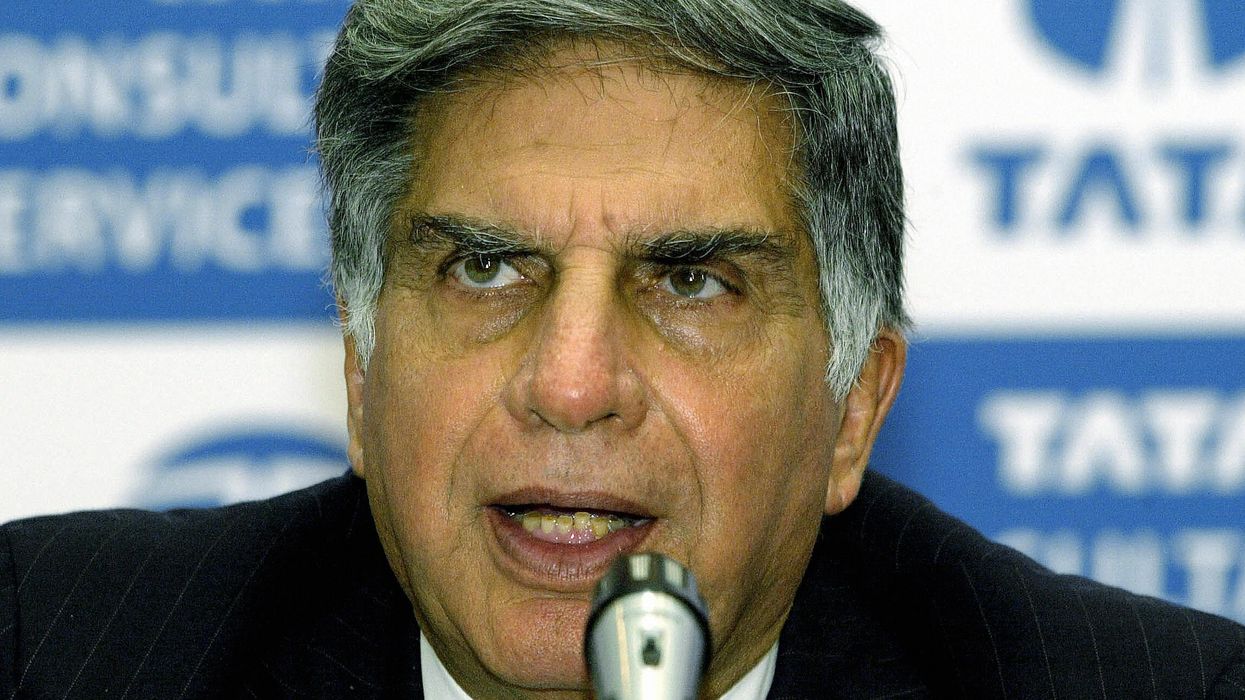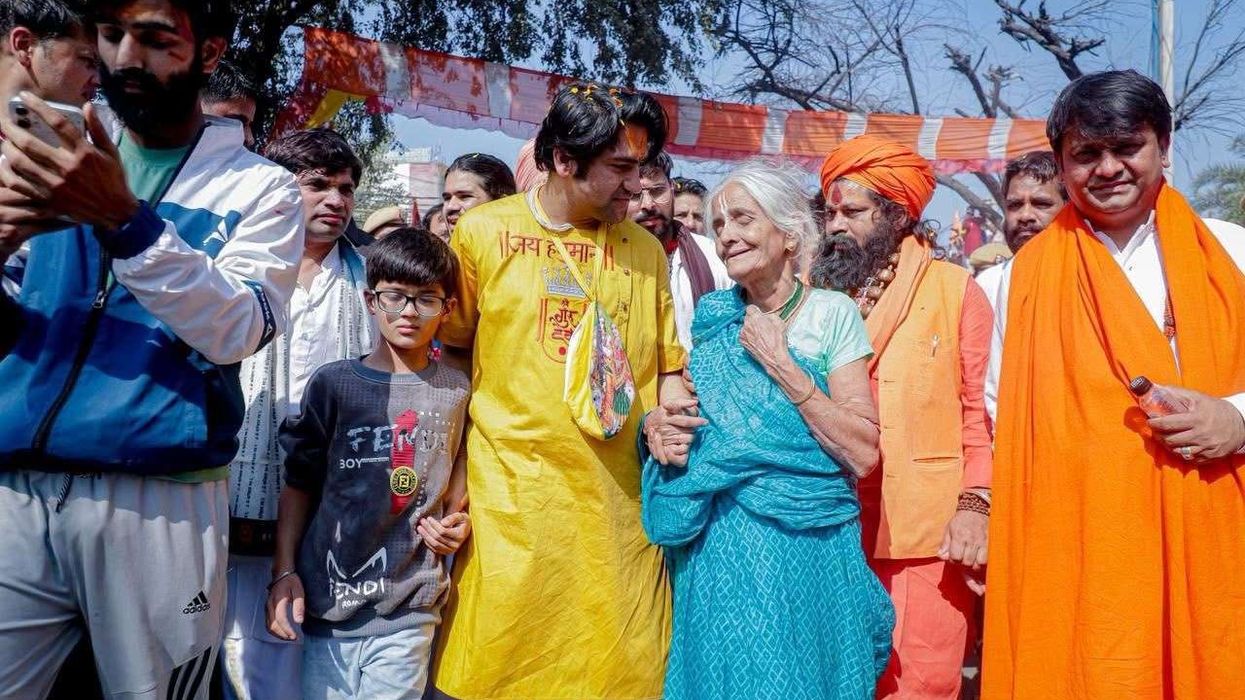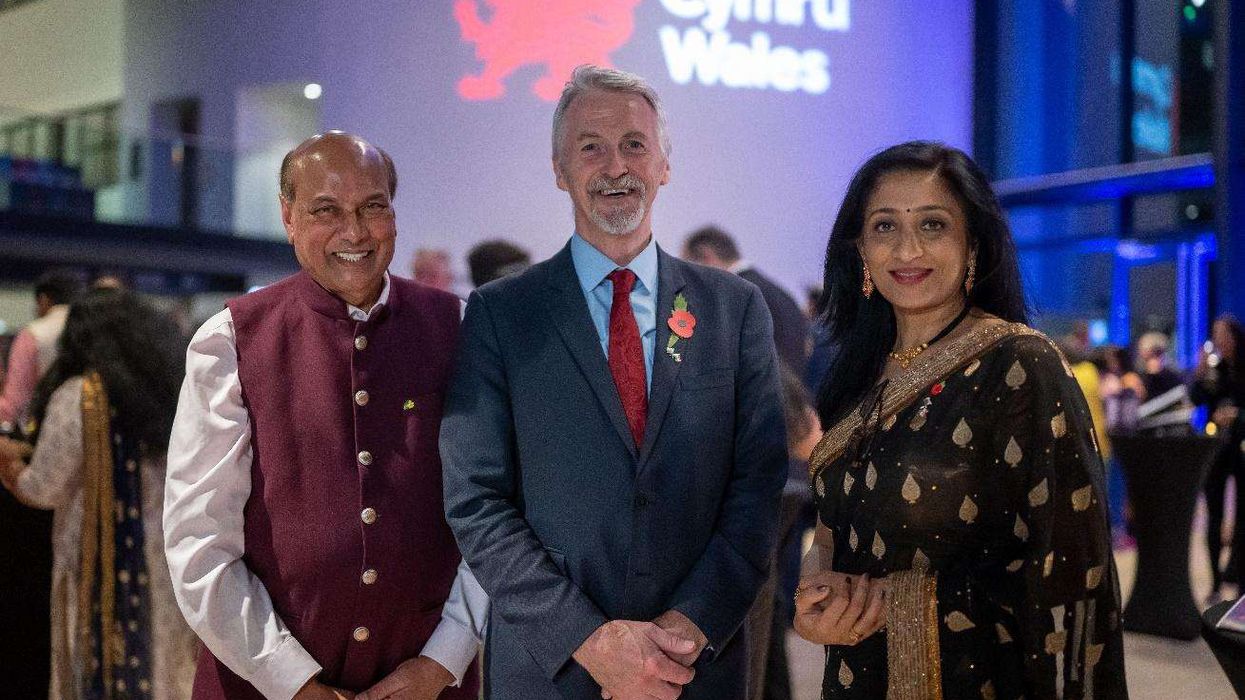SOMERVILLE College, Oxford, is set to begin construction on a new building named in honour of Ratan Tata, the late chairman emeritus of the Tata Group.
The project, made possible by a significant donation from the Tata Group, will be located in the Radcliffe Observatory Quarter. Construction will start in spring 2025.
The new four-storey building will provide seminar rooms, offices, and shared study spaces. It will also serve as a permanent home for the Oxford India Centre for Sustainable Development (OICSD).
Somerville College’s principal, Baroness Royall, said, “This building is the fruit of many conversations, hopes, and dreams over the past decade. It will stand as a permanent legacy to a remarkable man and a dear friend of Somerville.”
The building marks a new phase in the college’s long-standing association with Ratan Tata and represents the largest single donation in Somerville’s history.
N Chandrasekaran, chairman of the Tata Group, stated, “This partnership with Somerville College is a tribute to Mr Tata’s values. The building in his name will be a home to research that is necessary and urgent for India.”
Designed by Morris+Company, the building aims to foster inclusivity and collaboration in line with the college's academic vision.
Joe Morris, CEO of Morris+Co, said, “Our approach was to create a multi-purpose construction that meets the evolving needs of modern academia while advancing Somerville’s vision for a forward-thinking future.”
This project is seen as a tribute to Ratan Tata’s legacy as one of India’s leading philanthropists and a supporter of global academic initiatives.













